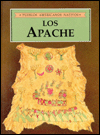A history of the Indian groups known collectively as Pueblos because of the sculpture-like villages in which they lived at the time the Spaniards arrived in North America.
History
Los Apache (Pueblos Americanos Nativos)
Los Seminola (Native American People)
The Aztecs (Myths Of The World)
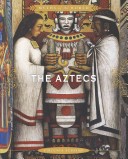
“A retelling of several key Aztec myths, with background information describing the history, geography, belief systems, and customs of the Aztecs”–Provided by publisher.
La Montana De Fuego / Hill Of Fire (Reading Rainbow Book)
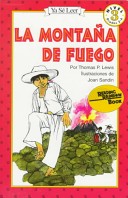
An easy-to-read account of the birth of Paricutin volcano in the field of a poor Mexican farmer.
The Sad Night: The Story Of An Aztec Victory And A Spanish Loss
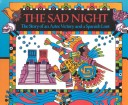
An account of the establishment of the Aztec empire in Mexico and of the terrible battle between the Aztecs and the Spaniards known as the Sad Night, of La Noche Triste.
“This sensitive treatment of La Noche Triste, or The Sad Night, the last battle the Aztecs won against the Spaniards, is a highly effective melding of graceful, lucid text and stylized art. Designed to resemble Aztec codices, the illustrations appear in double-page strips above the bordered text. Beginning with the Aztec migration to Tenochtitlán (now Mexico City), the history of this people is traced through their final conquest by Cortés’s forces…. This title has the distinction of combining myth with historical fact in a particularly successful manner. An engaging introduction to Mexican history.” —School Library Journal
Tibet

This engaging series examines places around the globe where life is anything but serene.
The Cultural Revolution
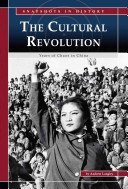
On August 18, 1966, more than 1 million young people marched into the center of Beijing. They had come to answer the call of the country’s leader, Chairman Mao Tse-tung. Mao had just launched the Cultural Revolution in China, an attack on anyone who seemed to be betraying communist ideals. The young people who came to Beijing carried Maos violent message throughout the land. During the next three years, the Cultural Revolution brought chaos and bloodshed all around China.
China: Land Of Dragons And Emperors

A fascinating book about the history and culture of China.The history of China spans thousands of years. Journey through China in this fascinating and absorbing book: discover the land of dragons and emperors, and learn about the significance of its ancient dynasties. Countless tools and materials that people have used every day for centuries—paper, gunpowder, cast iron, matches, and silk, to name just a few—were first made in China. Chinese society has progressed through major changes, but lucky numbers, festivals, beliefs about colors, the practic of footbinding, the building of the Great Wall, and the larger-than-life people of China are all integral parts of this ancient civilization and still have an impact on life today.Bestselling author Adeline Yen Mah explores an extraordinary view of the great story of China over the last two millennia in this nonfiction work, which also includes black-and-white photographs.
Tiger Of The Snows: Tenzing Norgay: The Boy Whose Dream Was Everest
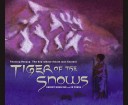
Describes the first successful climb to the top of Mount Everest by the Sherpa Tenzing Norkey and Sir Edmund Hillary in 1953.

